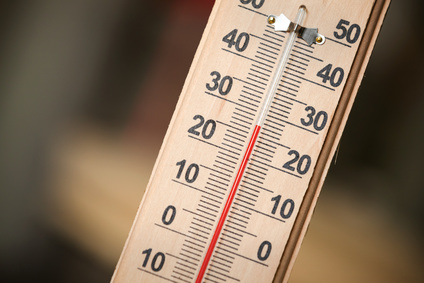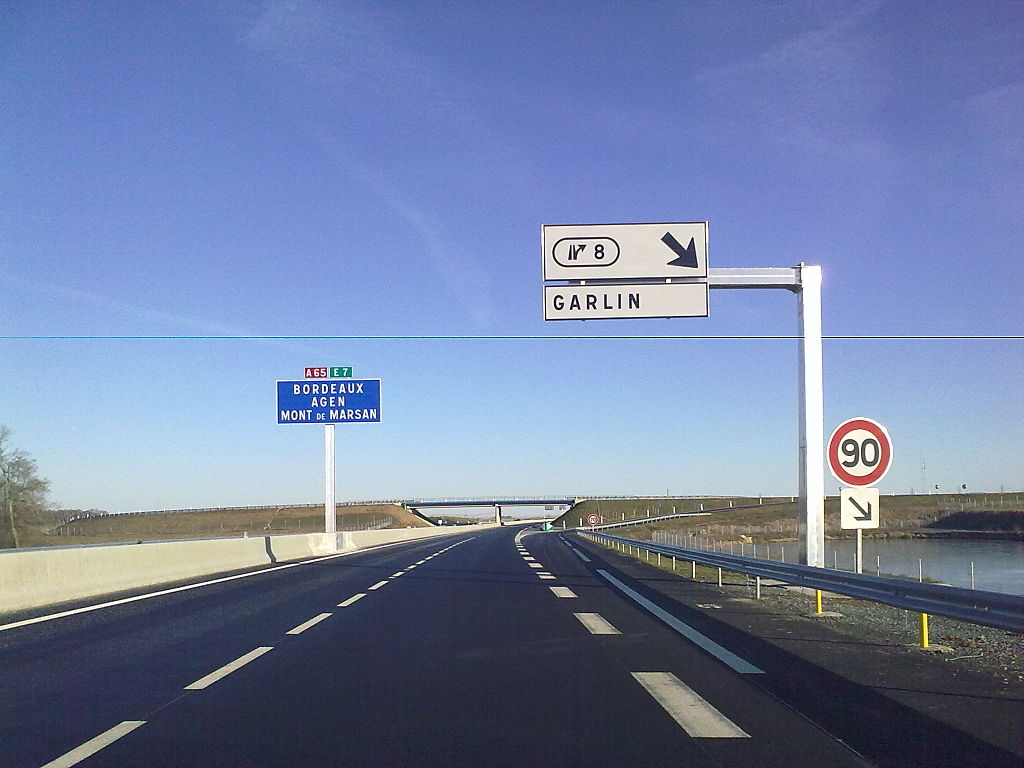
The Time Series Database containing thousands ans thousands points of real-time measurements, it calls for functional contextualization.
Well, for each measurement it is needed to know what kind of data is being acquired : temperature, pressure, ...
Also, it is of help to know the channel of acquisition. It might be an equipment in operation, an IOT installed on any equipment either production or transport.
Also, it needs to know if the measurement is actual or computed measure for any consolidation that is required.
This list might fill to include all of your specific requirements...

But, contextualization information is not flat. Contextualization is required to hold installation, equipment, sub equipment information. As well as functional functions around your assets.
For sure, building functional contextualization above your Times Series Database requires hierarchical information in the form of a tree.

As your digitization transformation program progressively implements use cases serving different business lines in your industry, contextualization information may appear scattered into separate application compartments in the Information System.
That surely leads to a gap of accuracy on how the same data is used across the whole Information System.
To keep the Data uniform, it takes to reunify the contextualization information, keep on the path of the transformation and not deviate from it.

As seen before, the Contextualization of the Times Series Database should be unique and consistent.
The Contextualization information will contain Data charactestics information, industrial Assets hierachy information, influence zones information and any other functional grouping needed.
Thus the Contextualization tree may grow to become bigger than a small tree...

Building a somewhat complex functional Contextualization information is set to be more than mere readable documentation, isn't it ?
This light bulb will be back...